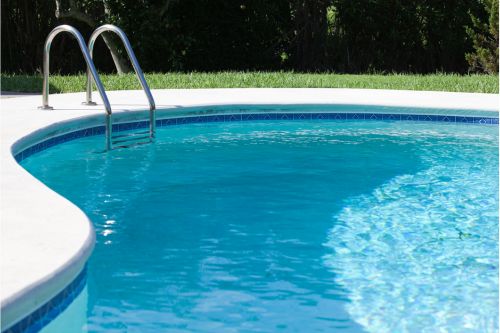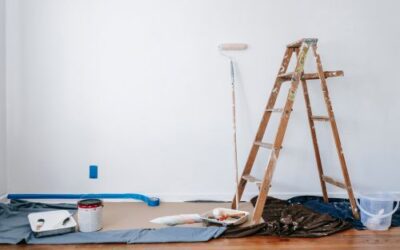The pool coping is an essential part of the pool structure, not only from an aesthetic point of view, but also from a functional one. Over time, dirt, mould and debris can build up, causing the coping to lose its appearance and functionality. Renovating the crown of your pool using pressurised water is an effective and efficient way to restore its original appearance and prolong its useful life. Here is a step-by-step explanation of how to do it.
Materials needed
Before starting the process, make sure you have the following materials:
- Pressure washer (pressure washer)
- Water
- Cleaner specific for stone or concrete (optional)
- Stiff bristle brush
- Personal protective equipment (gloves, goggles)
- Swimming pool surface sealant (optional)
Contact our professionals to paint your home
Other publications that may interest you
How to prepare a house for painting without causing chaos and staining
Proper preparation saves time, avoids splashes and allows paint to adhere better. Follow this plan - tested by Bartolomé Bas's team of house painters - and you will achieve an impeccable finish without turning your home into a war zone.Clear and organise the room...
Exterior floor paint: what type to use and how to apply it correctly
Protecting an exterior floor - terrace, porch, garage or pedestrian access - is not just about aesthetics: it prevents cracks, leaks and premature wear and tear. Choosing the right exterior floor paint and applying it methodically ensures a durable and...
How to know if the humidity in your house is due to condensation, filtration or capillarity
The stain you see on the wall does not always have the same origin, and making a mistake when it comes to treating it can make the problem worse and make the repair more expensive. Below you will learn how to differentiate the three most frequent sources of damp and...




